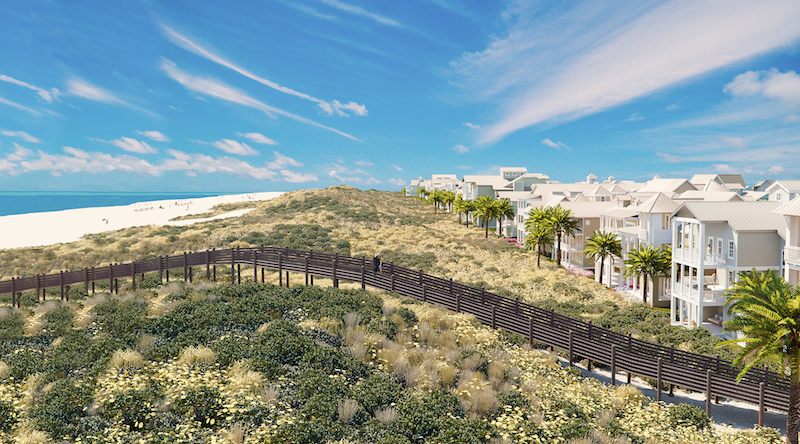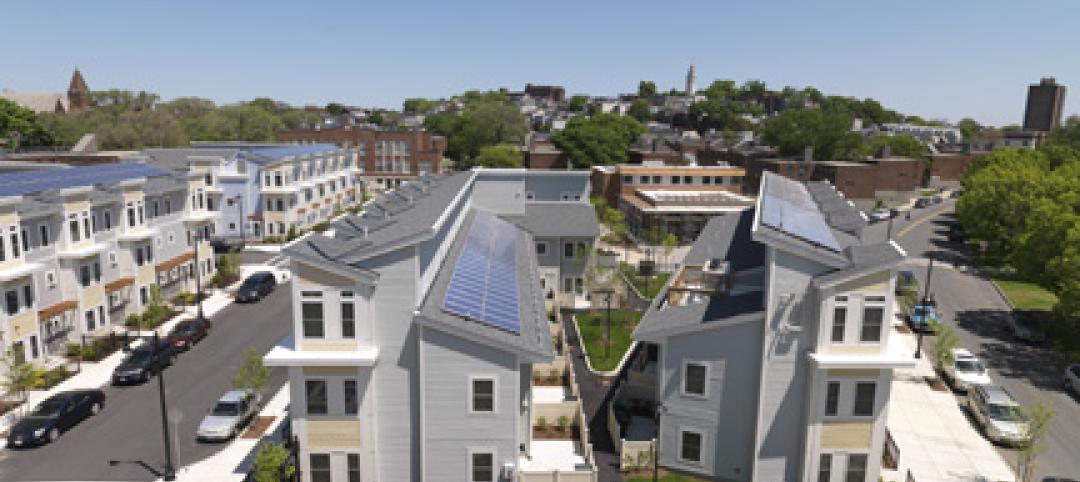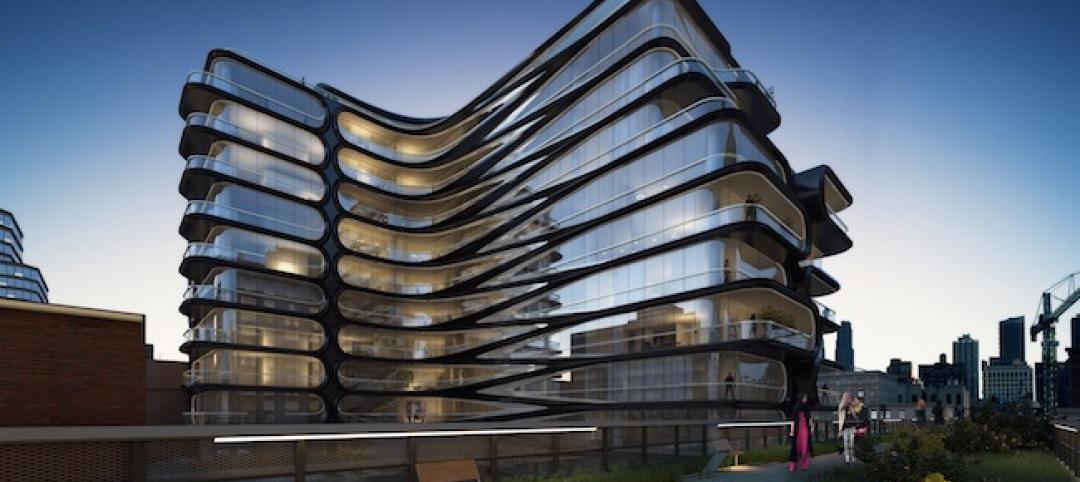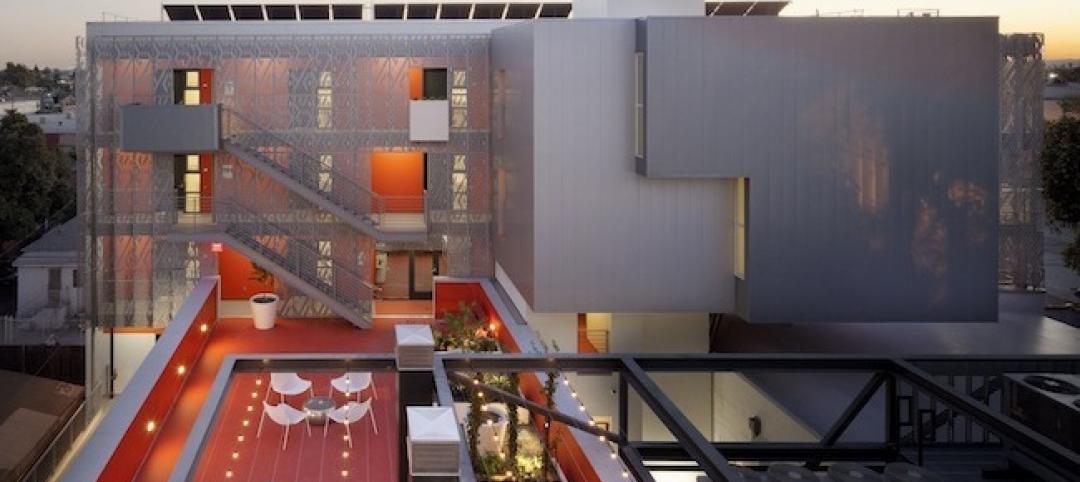Port Aransas is a city on Mustang Island, an 18-mile-long barrier island on the eastern coast of Texas along the Gulf of Mexico, about 180 miles southeast of San Antonio. The city is a fishing, beach, and resort village with 4,000 local residents and five million visitors per year, according to the local Chamber of Commerce. Eco-tourism is one of its economic focuses.
After incurring major damage from Hurricane Harvey in August 2017, Port Aransas has been attracting new development that includes the city’s first conference center, for assemblies of between 500 and 2,000 people, which is scheduled to open in 2021. A 225-key hotel-conference center is slated to break ground next February, as is a new marina/ resort sometime next year.
Port Aransas is also where three upscale mixed-use communities are under development or expansion. These include:
•Cinnamon Shore South—a $1.3 billion, 300-acre subdivision within the 1,000-acre Cinnamon Shore beachfront master planned community—will include luxury homes, Town Center residences, community pools, dining and retail districts, a boutique hotel and a health and wellness center.
•Last June, Palmilla Beach Resort & Golf Community, developed and owned by McCombs Properties, opened a nine-hole golf course, plus a three-hole par-3 course with driving range called The Loop. Palmilla offers condos, townhouses, cottages, and custom homes, starting from the $500s. MPA Austin and Cornerstone Architects are the architects, Schnell Urban Design the design consultant and land planner, and Fortis Homes, Turichhi Builders, Arbogast Home and Pelican Custom Homes the residential contractors.
•Sunflower Beach Resorts & Residences, situated within 50 acres of protected dune reserves, has nearly completed its first phase of The Camp, consisting of 25 luxury one- and two-bedroom cabins priced from $382,000 to $499,000. The community itself features beach homes, 21 single-level poolside condos, and several buildable lots. The Camp’s developers are BMG Wonderland and Legacy DCS.
Sea Oats Group is the developer of Cinnamon Shore. Its CEO, Jeff Lamkin, tells BD+C that the first phase of Cinnamon Shore South, which broke ground a year ago, has eight of the first 20 homes under construction. The build-out of Cinnamon Shore South is expected to encompass around 1,000 housing units, and take between 15 and 20 years to complete.
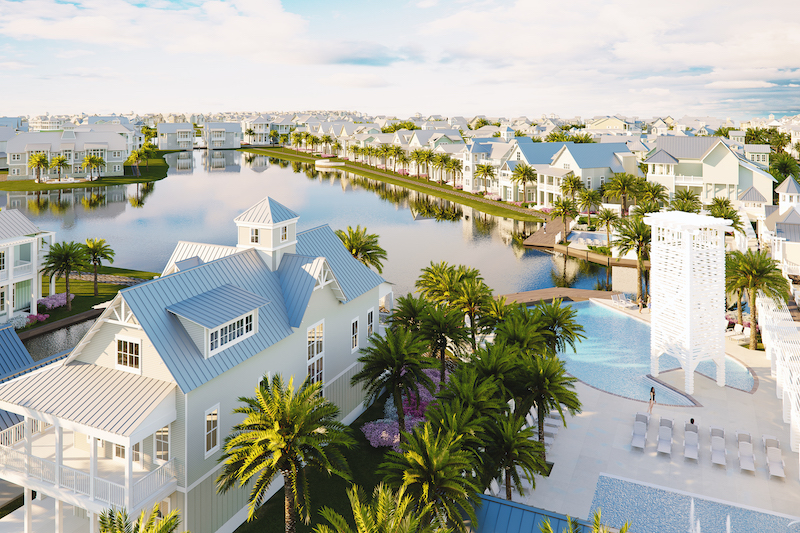
The houses under construction at Cinnamon Shore South are all elevated and built to resist flooding and high winds.
The elevations of all of the buildings in this subdivision will be 10 to 11 feet above sea level. Lamkin says the street is 6½ feet above, and the buildings will sit on leakproof elevated slabs over sand fill that’s another 4½ feet above street level.
The Texas Gulf Coast is perennially susceptible to high winds. Lamkin says that for resilience, the houses at Cinnamon Shore South will include bolts placed every 18 inches around the perimeter that secure the roof to the foundation. The houses’ windows can resist winds up to 140 miles per hour. Sea Oats is specifying 32-gauge aluminum roofing, Azek decking, and Hardiplank siding. The community was designed so there’s not a lot of debris when winds kick up.
(Cinnamon Shore South’s building team includes Kissling Architecture and the Waggoner Custom Homes.)
Lamkin says that before Sea Oats considers developing beachfront property, it compares old and new shoreline imagery to determine accretion, stability, and erosion. It also looks at the post-storm durability of the property’s dune system; Cinnamon Shore’s dunes are between 14 and 30 ft high, and 300 ft wide, he says.
Lamkin calculates that resilience can double the cost of construction for coastal projects. Sea Oats spent $600,000 alone to build a dune crossover to the community’s golf course.
But Port Aransas’ marketing pitch is that it offers luxury living at a bargain compared to similar homes and communities in coastal Florida or California. Fifty-foot Gulf-front lots there are still selling for under $1 million, versus $4 million to $5 million in Florida or California. “Coastal homes in Texas might sell for $3 million, compared to $9 million in Florida and $12 million in California, mostly because the cost of land,” Lamkin explains.
When asked why it took so long for developers to leap into beachfront property like Port Aransas, Lamkin—whose company started the 63-acre Cinnamon Shore North in 2007—says that Texas’ economy has shifted from depending on gas and oil for 70% of its tax revenue in the 1980s, to where that sector contributes only about 20% today. Other sectors, like tourism and entertainment, have been picking up the slack.
It hasn’t hurt, either, that the housing market in Texas is still relatively inexpensive, vis a vis other markets on the east and west coast. And Texas led all states in terms of seasonally adjusted annual job growth by adding 323,000 jobs from July 2018 to July 2019, according to the Texas Workforce Commission. These factors have driven Texas’ population to exceed 29 million, from 25.1 million in 2010.
Related Stories
| May 27, 2014
America's oldest federal public housing development gets a facelift
First opened in 1940, South Boston's Old Colony housing project had become a symbol of poor housing conditions. Now the revamped neighborhood serves as a national model for sustainable, affordable multifamily design.
| May 23, 2014
Big design, small package: AIA Chicago names 2014 Small Project Awards winners
Winning projects include an events center for Mies van der Rohe's landmark Farnsworth House and a new boathouse along the Chicago river.
| May 22, 2014
No time for a trip to Dubai? Team BlackSheep's drone flyover gives a bird's eye view [video]
Team BlackSheep—devotees of filmmaking with drones—has posted a fun video that takes viewers high over the city for spectacular vistas of a modern architectural showcase.
| May 22, 2014
NYC's High Line connects string of high-profile condo projects
The High Line, New York City's elevated park created from a conversion of rail lines, is the organizing principle for a series of luxury condo buildings designed by big names in architecture.
| May 20, 2014
Kinetic Architecture: New book explores innovations in active façades
The book, co-authored by Arup's Russell Fortmeyer, illustrates the various ways architects, consultants, and engineers approach energy and comfort by manipulating air, water, and light through the layers of passive and active building envelope systems.
| May 20, 2014
World's best new skyscrapers: Renzo Piano's The Shard, China's 'doughnut hotel' voted to Emporis list
Eight other high-rise projects were named Emporis Skyscraper Award winners, including DC Tower 1 by Dominique Perrault Architecture and Tour Carpe Diem by Robert A.M. Stern.
| May 16, 2014
BoA, USGBC to offer $25,000 grants for green affordable housing projects
The Affordable Green Neighborhoods Grant Program will offer 14 grants to developers of affordable housing in North America who are committed to building sustainable communities through the LEED for Neighborhood Development program.
| May 13, 2014
19 industry groups team to promote resilient planning and building materials
The industry associations, with more than 700,000 members generating almost $1 trillion in GDP, have issued a joint statement on resilience, pushing design and building solutions for disaster mitigation.
| May 12, 2014
The best of affordable housing: 4 projects honored with 2014 AIA/HUD Secretary Awards [slideshow]
The winners include two dramatic conversions of historic YMCA buildings into modern, affordable multifamily complexes.
| May 11, 2014
Final call for entries: 2014 Giants 300 survey
BD+C's 2014 Giants 300 survey forms are due Wednesday, May 21. Survey results will be published in our July 2014 issue. The annual Giants 300 Report ranks the top AEC firms in commercial construction, by revenue.


